Republic Day Parade
by Manish Jaisi
The Delhi Republic Day parade is the largest and the most important of the parades, marking the Republic Day celebrations in India. The parade takes place every year on 26 January at Rajpath, New Delhi since 1950.
Curated by Debarshi Das
Inspired by the work of Mr. S Paul, one morning, Manish went to Raj Path, in the winter of 2016, hoping to capture something related to the rehearsal. He believe that it was the story which was very close to him and something that completely changed the way he was making photographs back then. Post that, he had always gone on to document the most colourful, unified and energetic rehearsals.
During the winters from late December, the army groups start arriving at Raisina Hill, braving the severe cold of Delhi, they begin their practice for the Republic Day parades long before the city wakes up to the regular hustle.
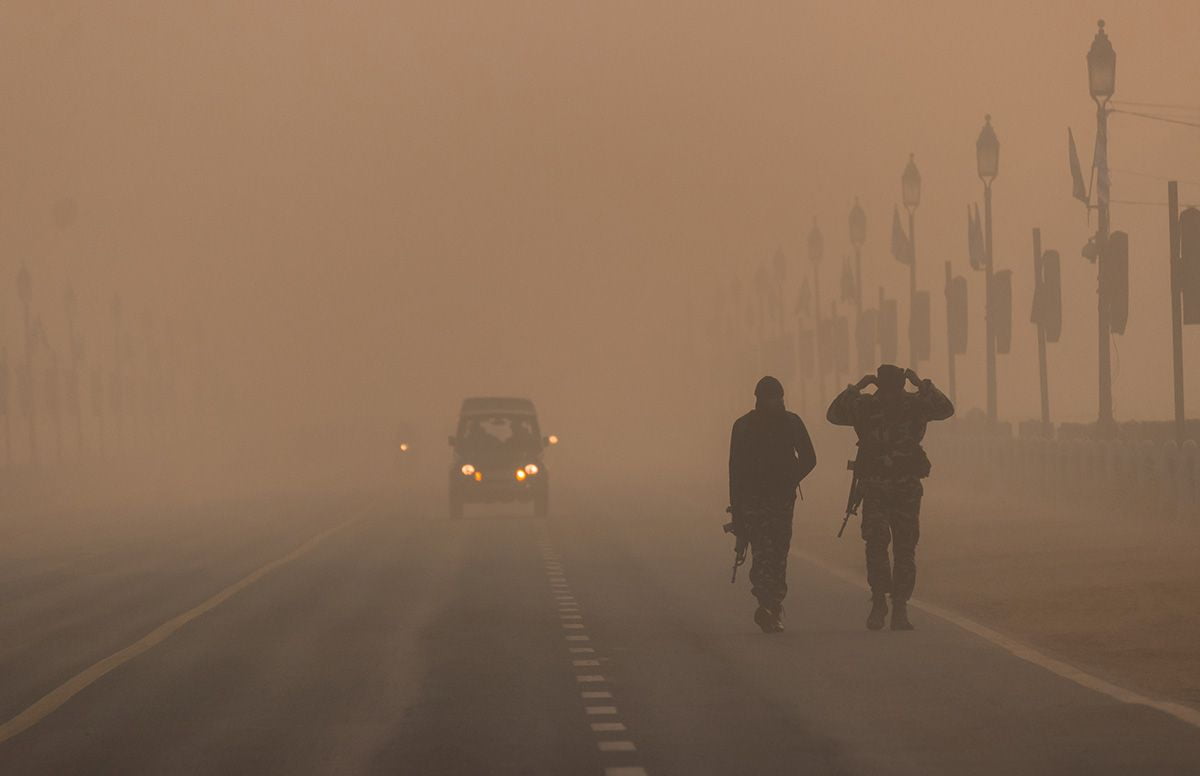
At times, he got drowned in the immense energy filled throughout the chilled winter ambience of Rajdhani. The sound of the horses’ hooves, the playing of patriotic music, and the disciplined behavioural attitude of our armed forces make the ambience even more powerful.
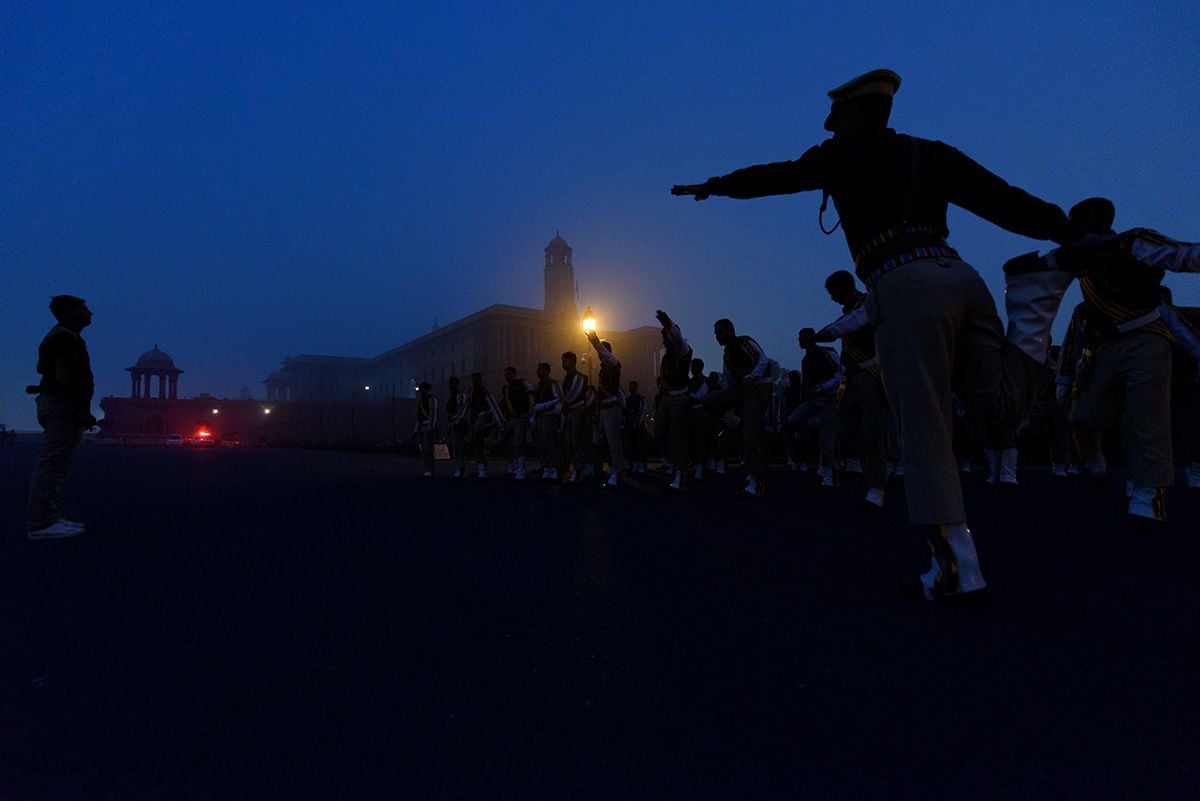
He eagerly waited for 23rd January, since that is the day when a full-dress rehearsal parade is organised. It’s an otherworldly feeling and for people like us who are visual story tellers can capture those patriotic moments through their view finders.
He would like to tell everyone about the history and background story of this most colourful event.
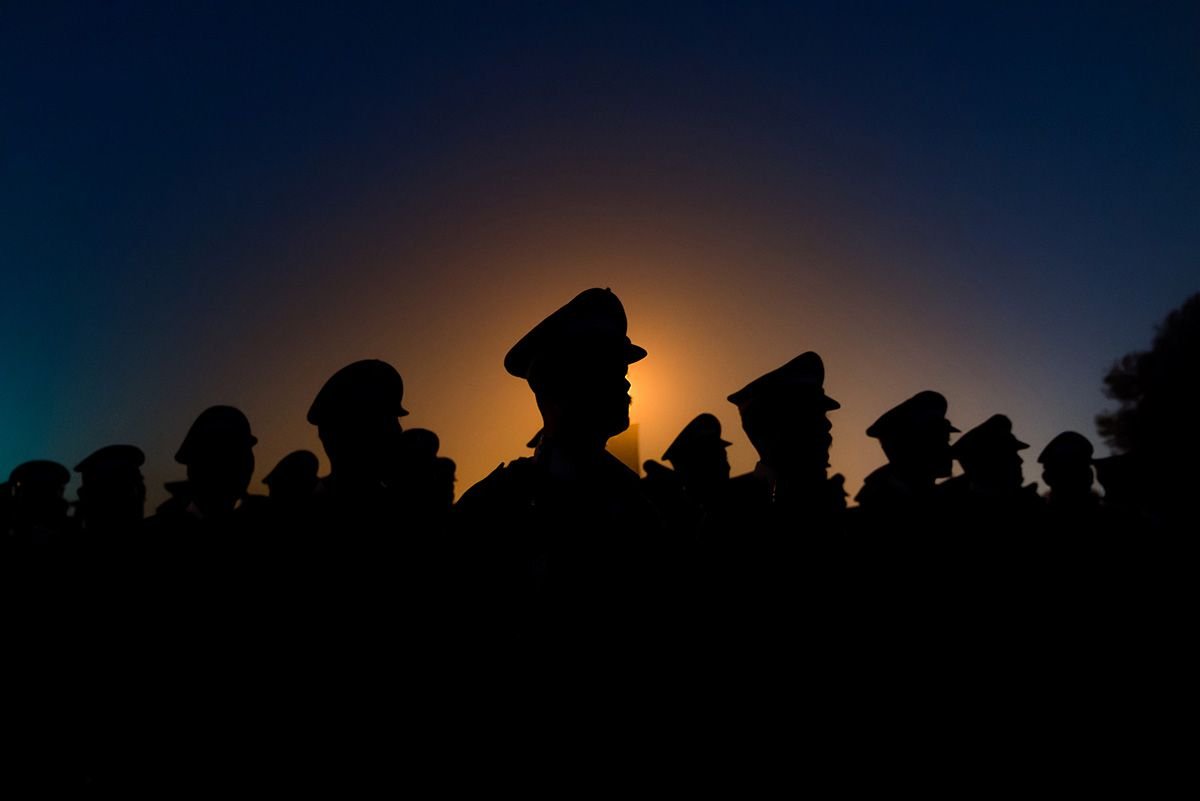
The Delhi Republic Day parade is the largest and the most important of the parades, marking the Republic Day celebrations in India. The parade takes place every year on 26 January at Rajpath, New Delhi. It is the main attraction of India’s Republic Day celebrations, which lasts for 3 days.
The first Republic Day Parade was held on 26 January 1950, during which the President of Indonesia Sukarno was the chief guest.
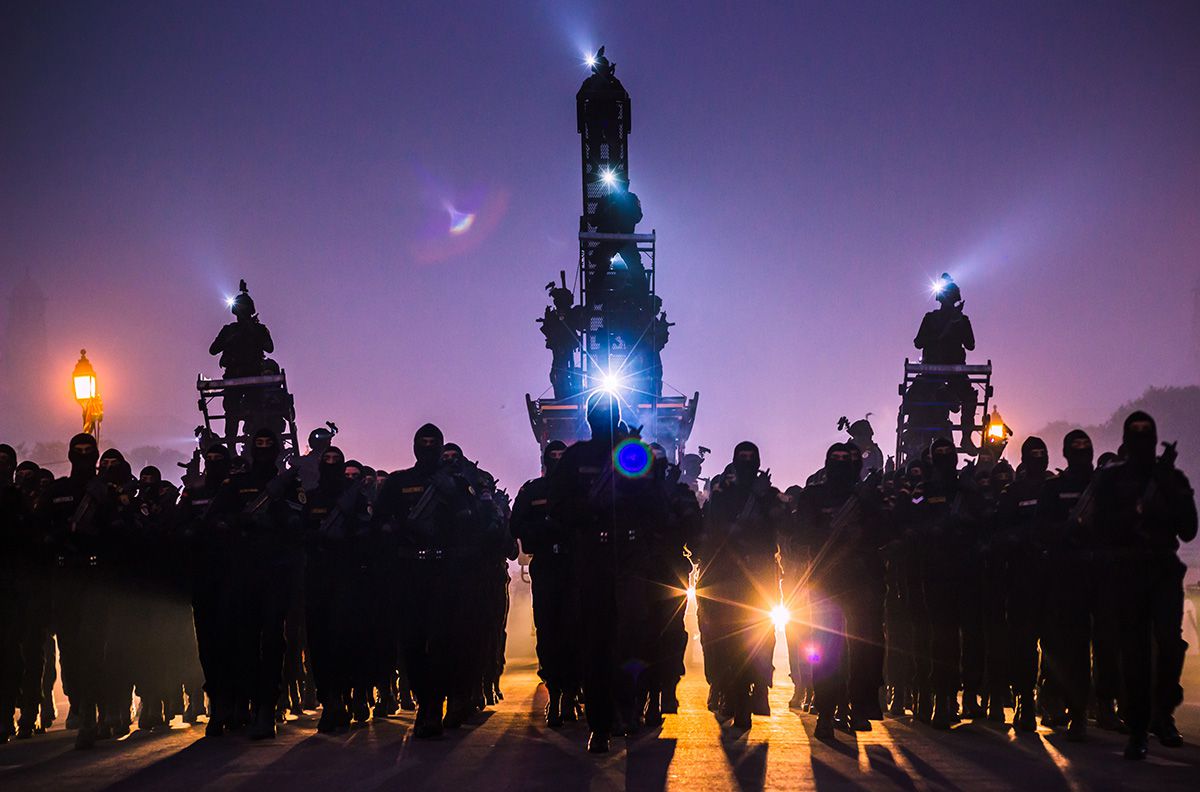
Since 1950, India has been hosting a head of state or government of another country as the state guest of honour for Republic Day celebrations in New Delhi. During 1950–1954, Republic Day celebrations were organised at different venues like Irwin Stadium (National Stadium), Kingsway (Rajpath), Red Fort and Ramlila grounds. It was only starting 1955 when the parade in its present form was organised at Rajpath. The guest country is chosen after a deliberation of strategic, economic and political interests. During the 1950s–1970s, a number of NAM and Eastern Bloc countries were hosted by India. In the post-Cold War era, India had also invited several Western leaders on a state visit during the Republic Day. It is notable that before India fought wars against China and Pakistan, leaders from those countries were invited as state guests for the Republic Day celebrations. The Pakistan Food and Agriculture Minister was the second state guest from that country for Republic Day in 1965, a few days after which the two countries went to a war.
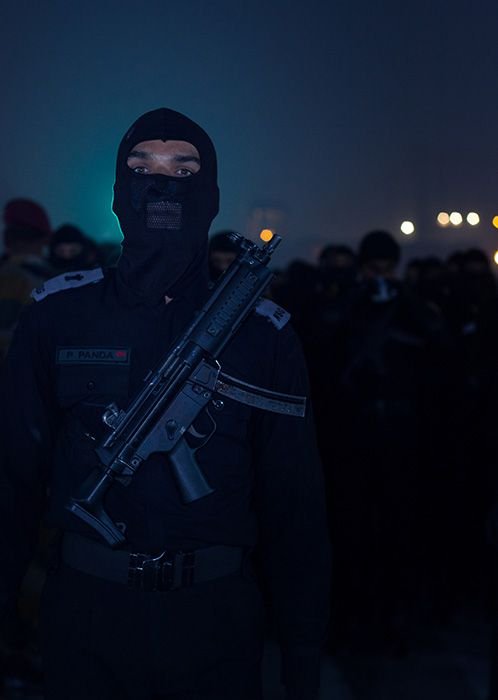
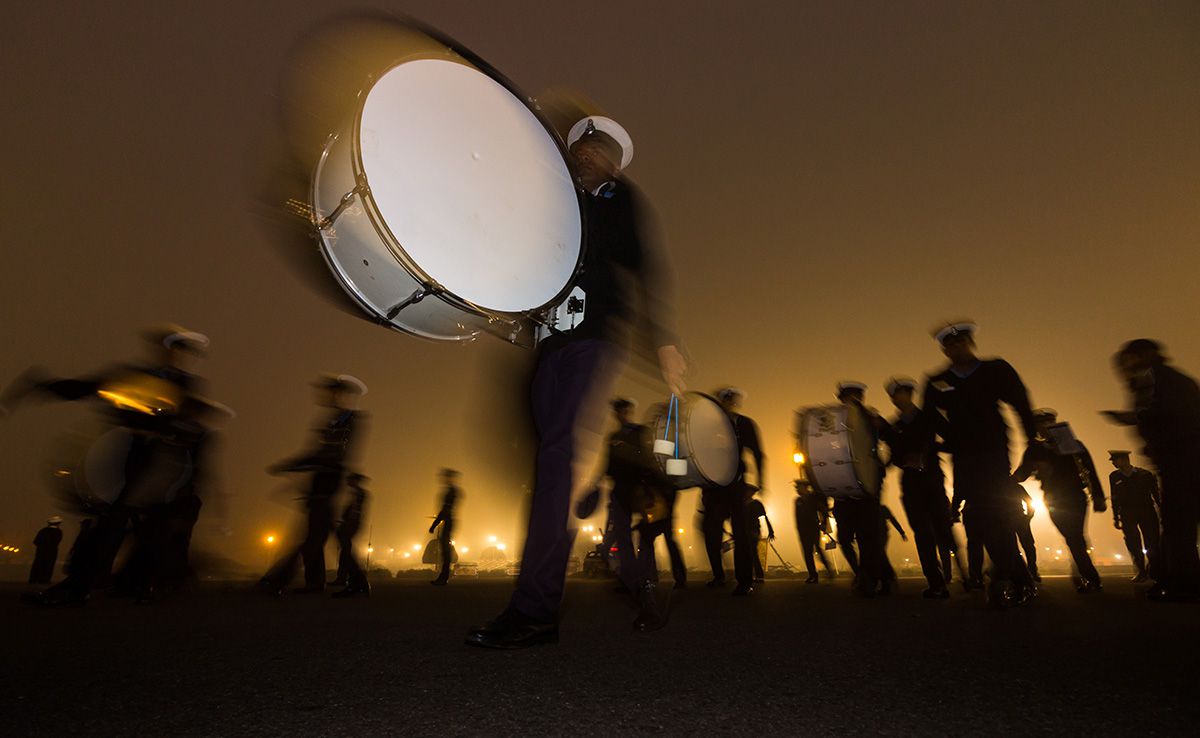
The parade marches from the Rashtrapati Bhawan through the Rajpath, until the India Gate. It opens with the unfurling of the national flag by the President of India. This is followed by marching from several regiments of the army, navy, and air force, along with their bands. Tableaux from various states signifying their cultures are displayed. A beating retreat ceremony signifies the end of the parade.
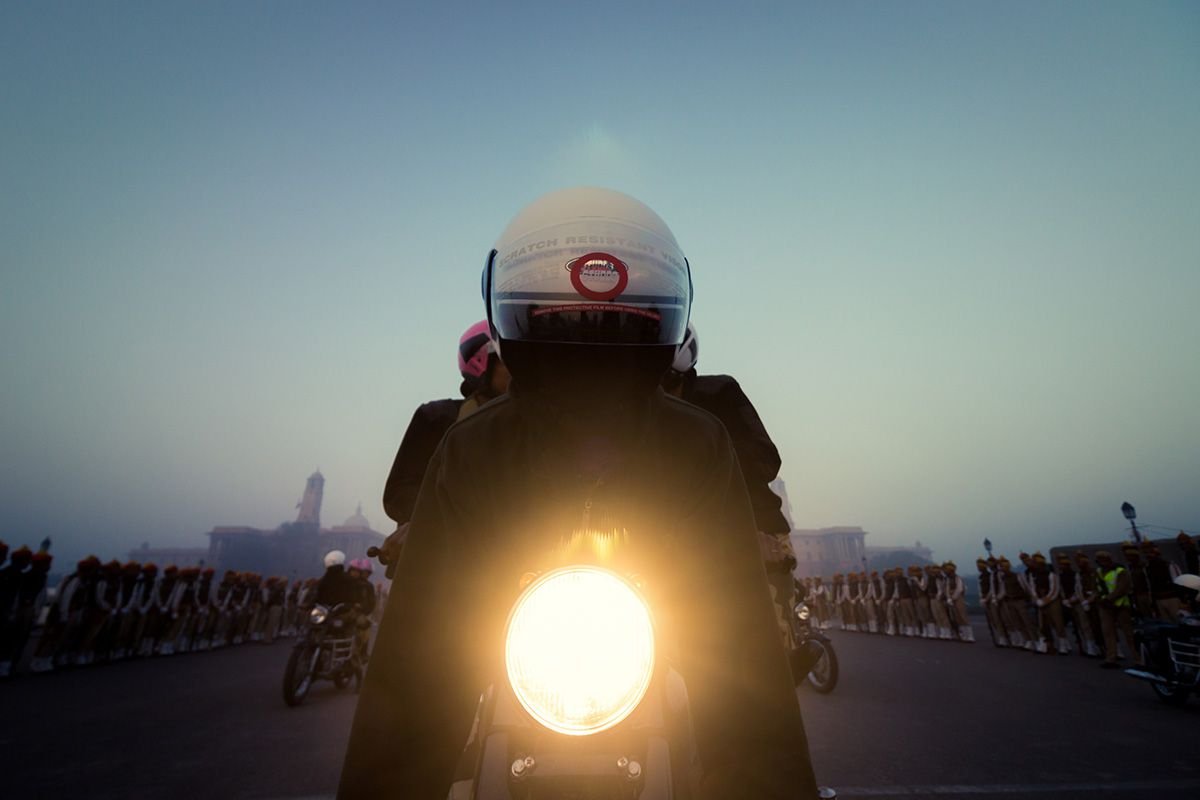
To mark the importance of the Republic Day, every year a grand parade is held in the capital, New Delhi, from the Raisina Hill Rashtrapati Bhavan (the President’s residence), through the Rajpath, past India Gate. Prior to its commencement, the Prime Minister lays a floral wreath at the Amar Jawan Jyoti, a memorial to fallen soldiers at the India Gate at one end of Rajpath, which is followed by two minute silence in the memory of fallen soldiers. It is a solemn reminder of the sacrifice of the martyrs who died for the country in the freedom movement and the succeeding wars for the defence of sovereignty of their country. Thereafter he/she reaches the main dais at Rajpath to join other dignitaries, subsequently the President arrives along with the chief guest of the occasion. They are escorted on horseback by the President’s Bodyguard.
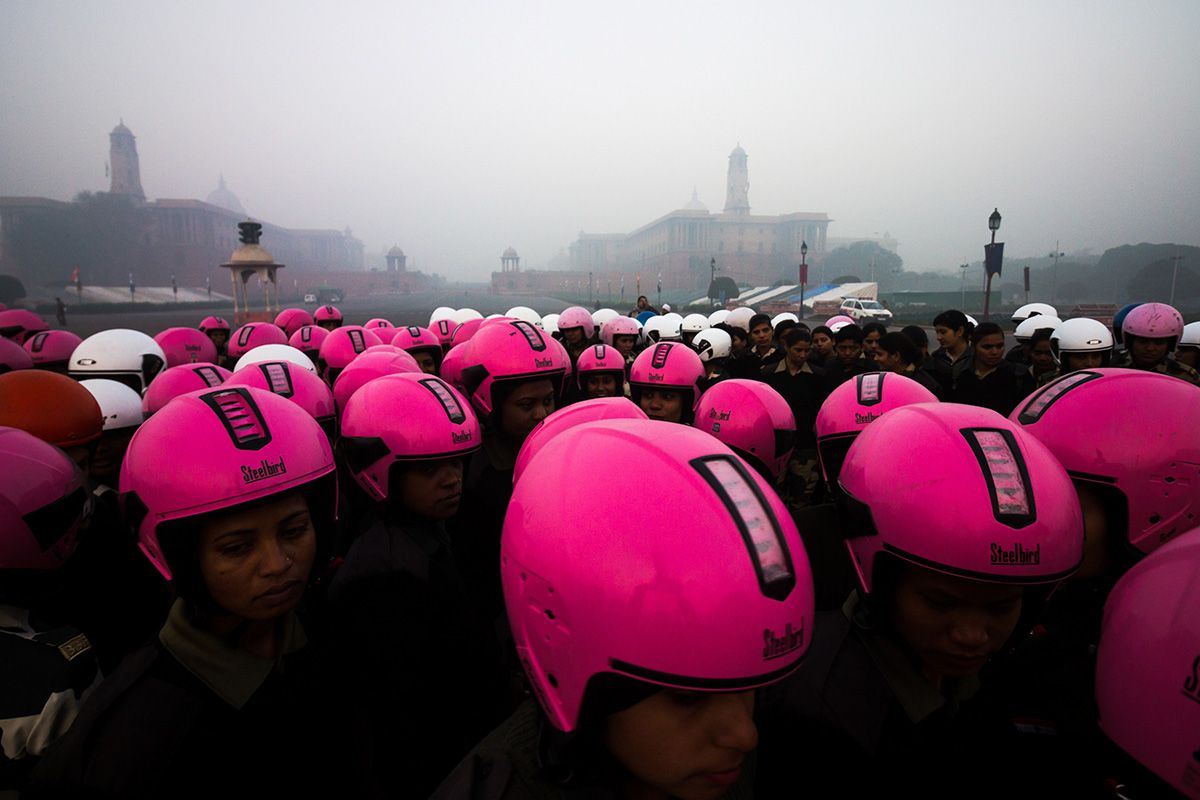
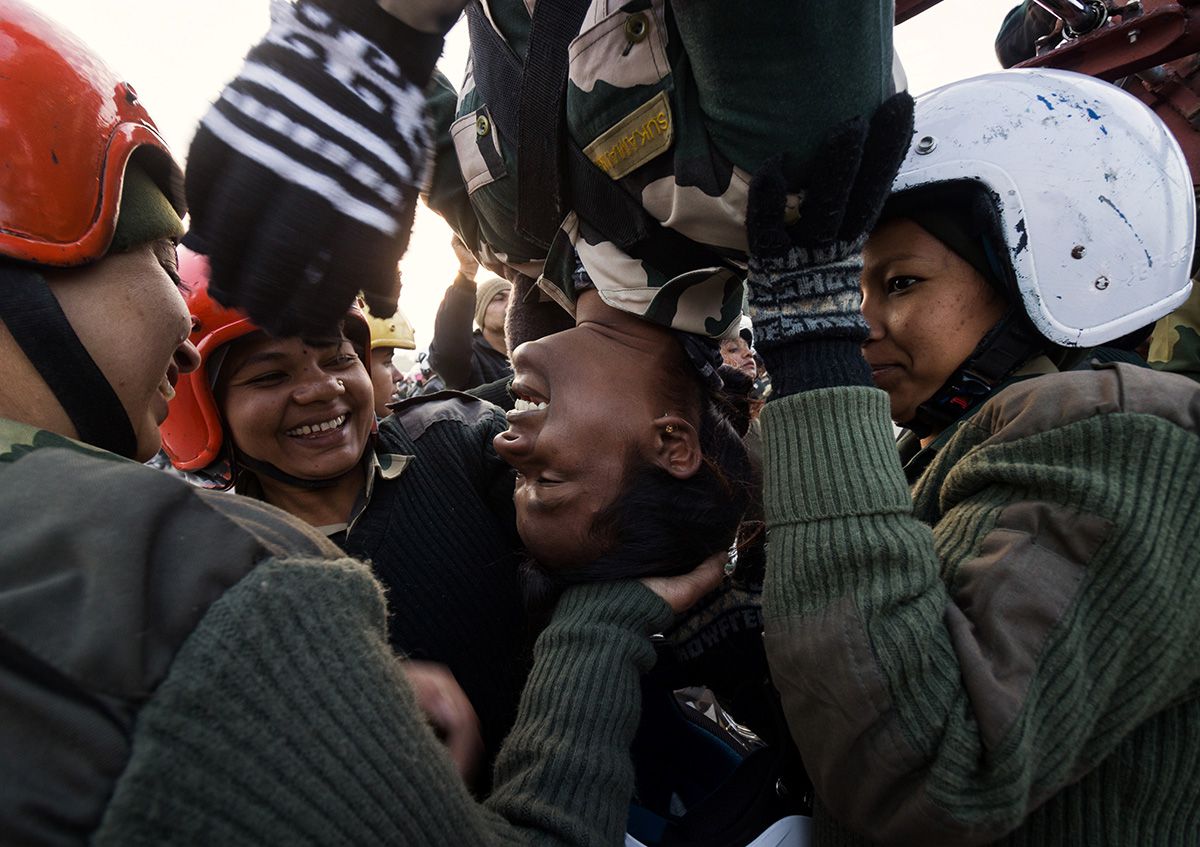
First, the president unfurls the National flag, as the National Anthem is played, and a 21-gun salute is given as the PBG renders the National Salute. Next, important awards like the Ashok Chakra and Kirti Chakra are given presented by the President. This is followed by the regiments of Armed Forces starting their march past. The President comes forward to award the medals of bravery to the people from the armed forces for their exceptional courage in the field and the civilians who have distinguished themselves by their different acts of valour in different situations. Children who receive the National Bravery Award ride past the spectators on colourfully decorated elephants or vehicles.
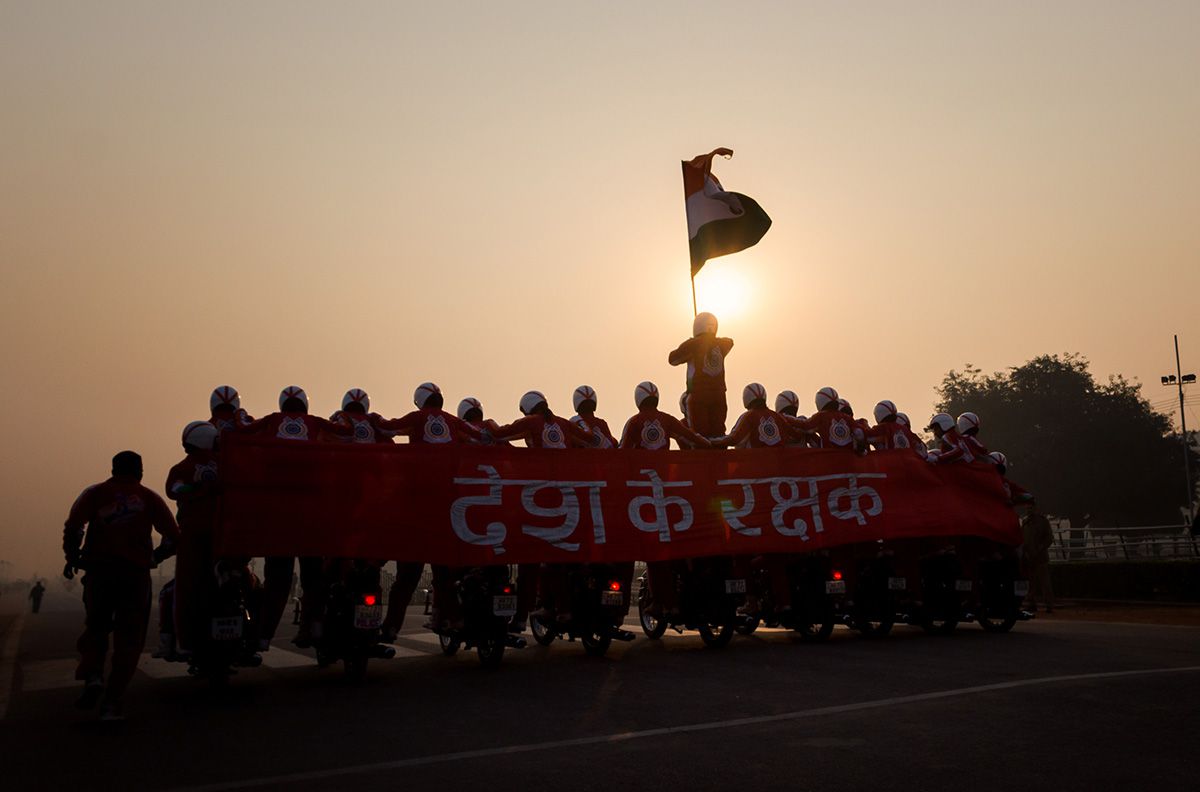
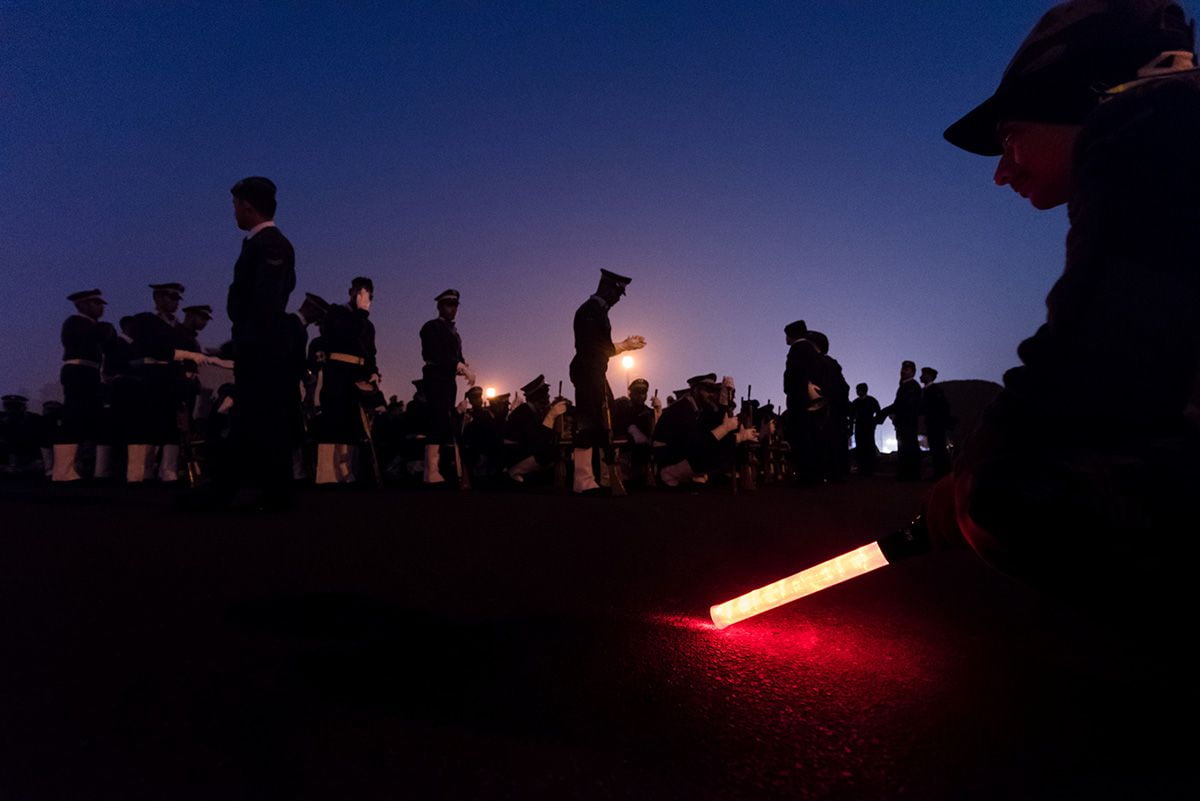
The selection process of the tableaux is conducted by the Ministry of Defence, which involves a number of guidelines. The ministry recommends that tableaux represent a historical event, heritage, culture, development programmes and environment. The tableaux must not carry any logos and should carry some animation and sound.
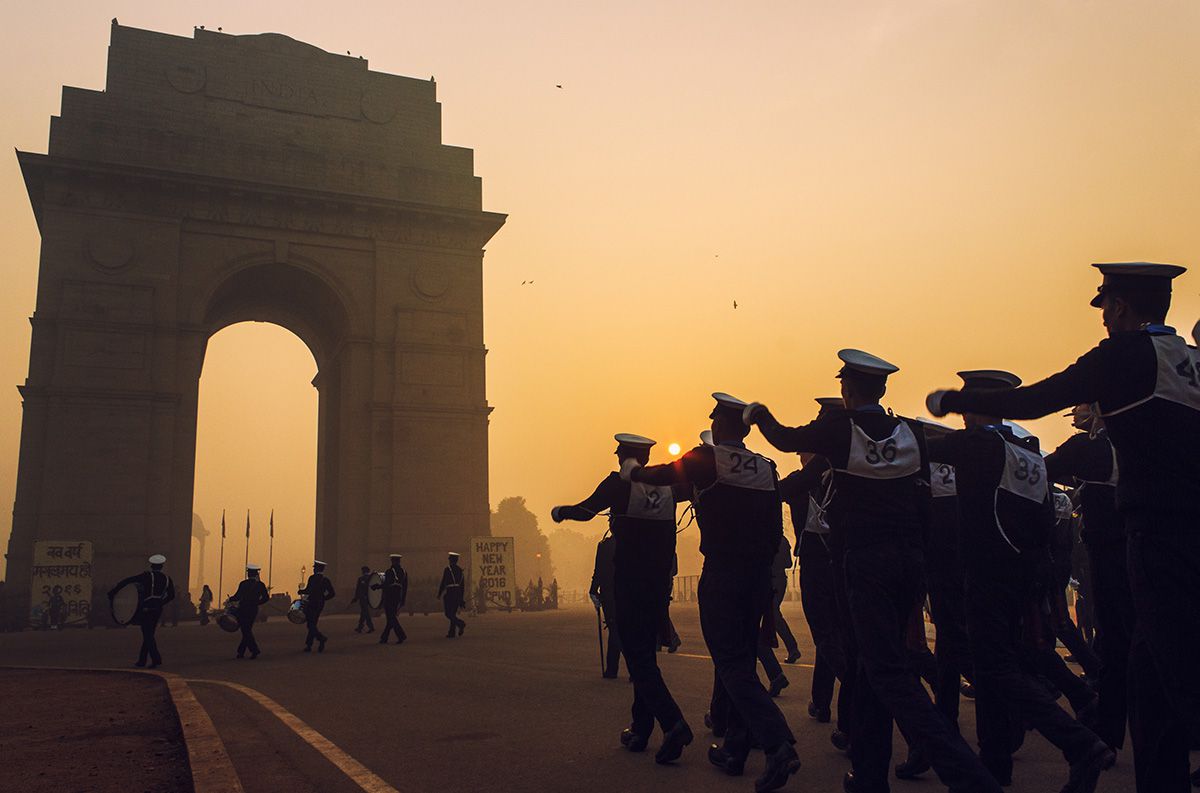
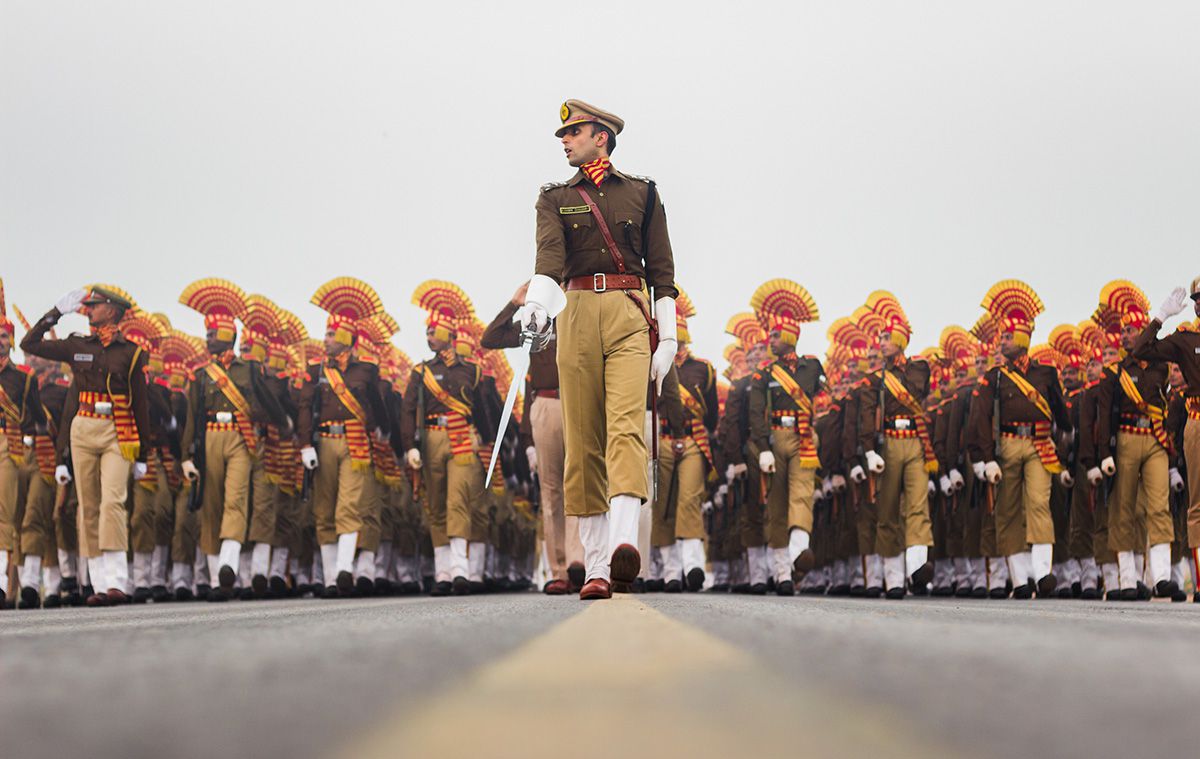
The Beating Retreat ceremony officially denotes the end of Republic Day festivities. It is conducted on the evening of 29 January, the third day after the Republic Day. It is performed by the bands of the three wings of the military, the Indian Army, Indian Navy and Indian Air Force. The venue is Raisina Hills and an adjacent square, Vijay Chowk, flanked by the north and south block of the Rashtrapati Bhavan (President’s Palace) towards the end of Rajpath.
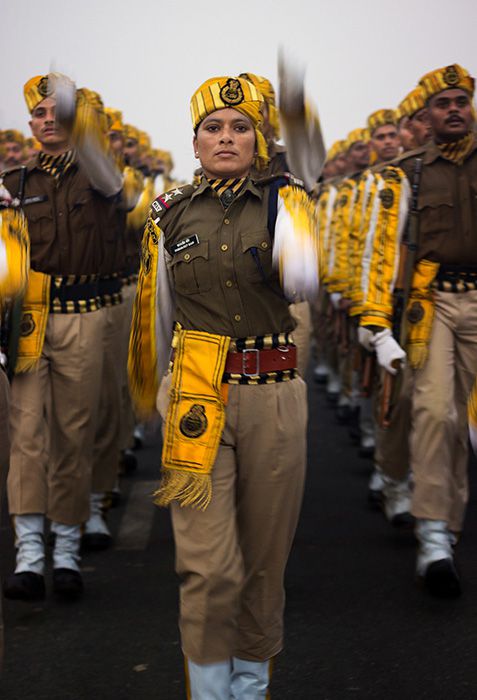
This information is briefly about our own Republic Day Parade. Manish will continue to photograph this event as he carries an affinity towards capturing emotion filled ambience.
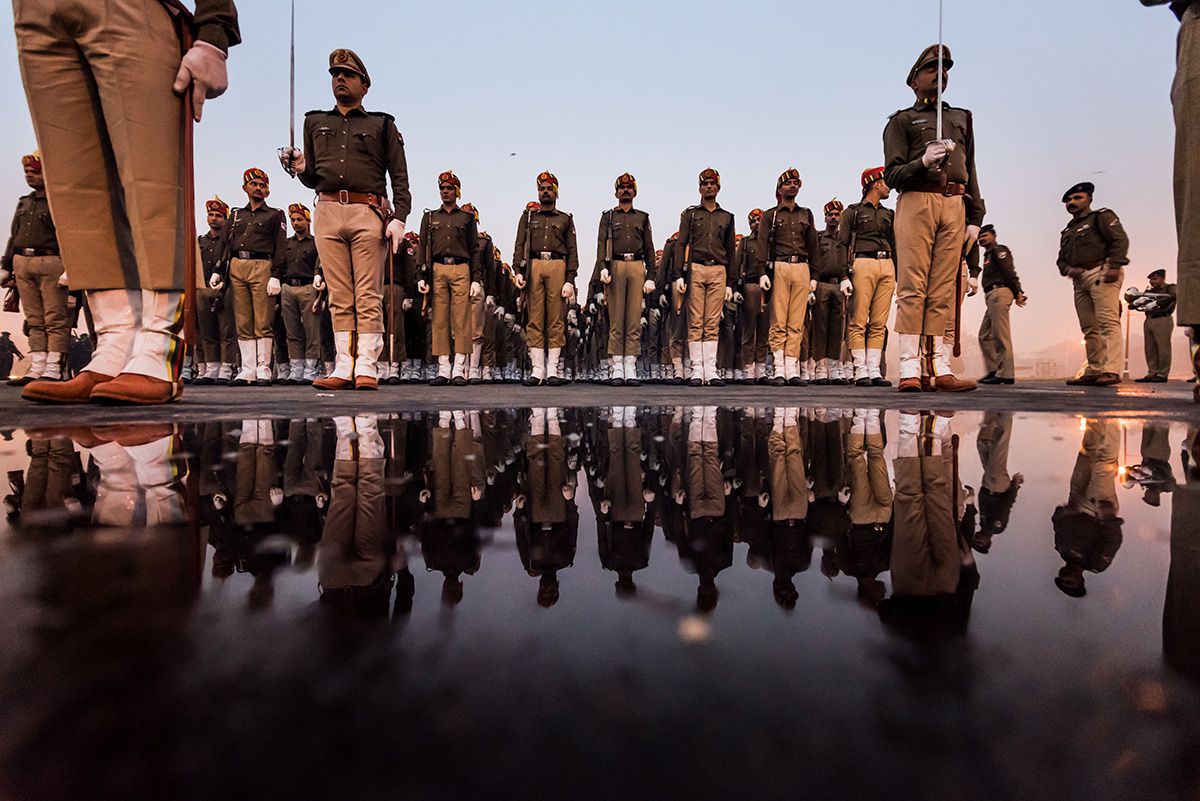

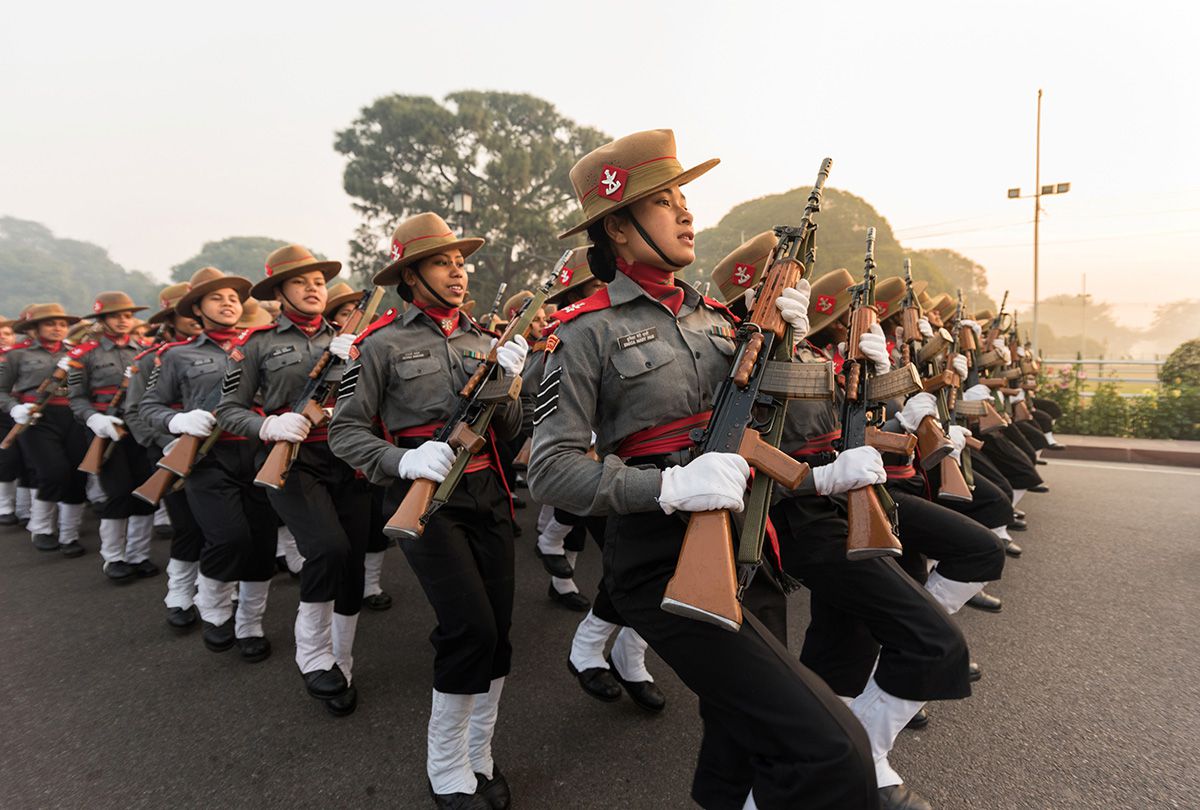
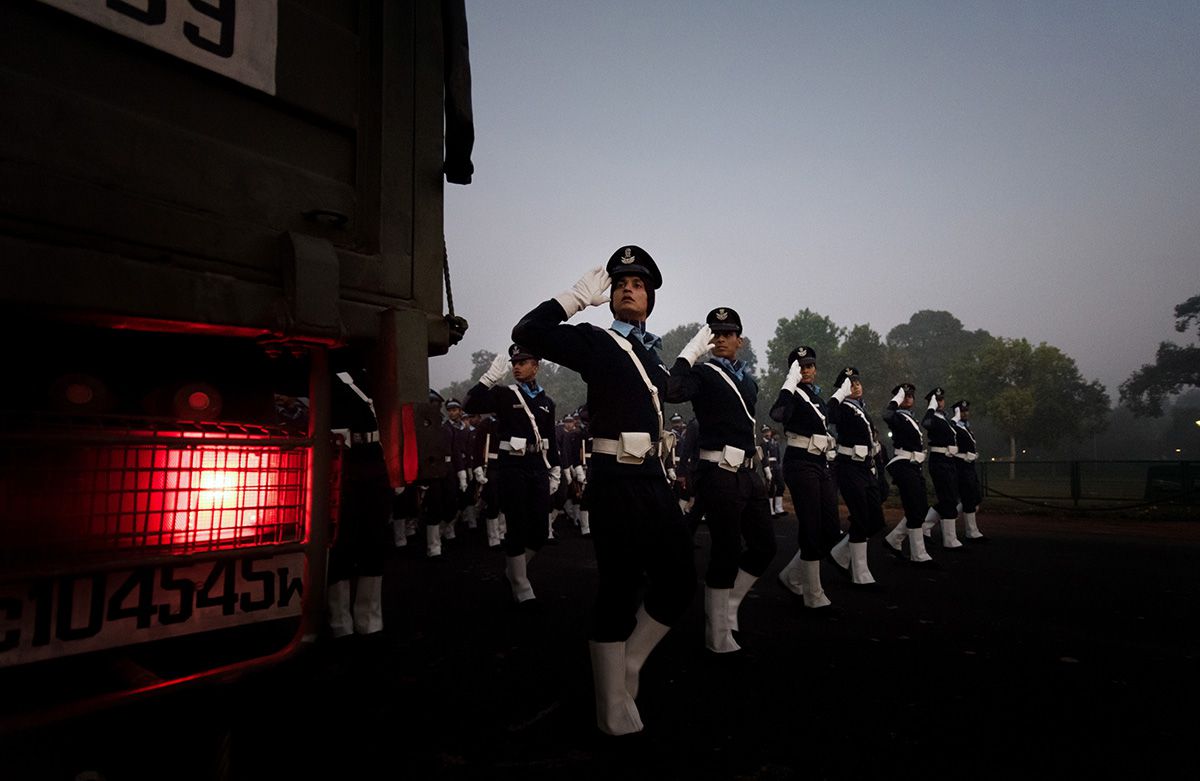
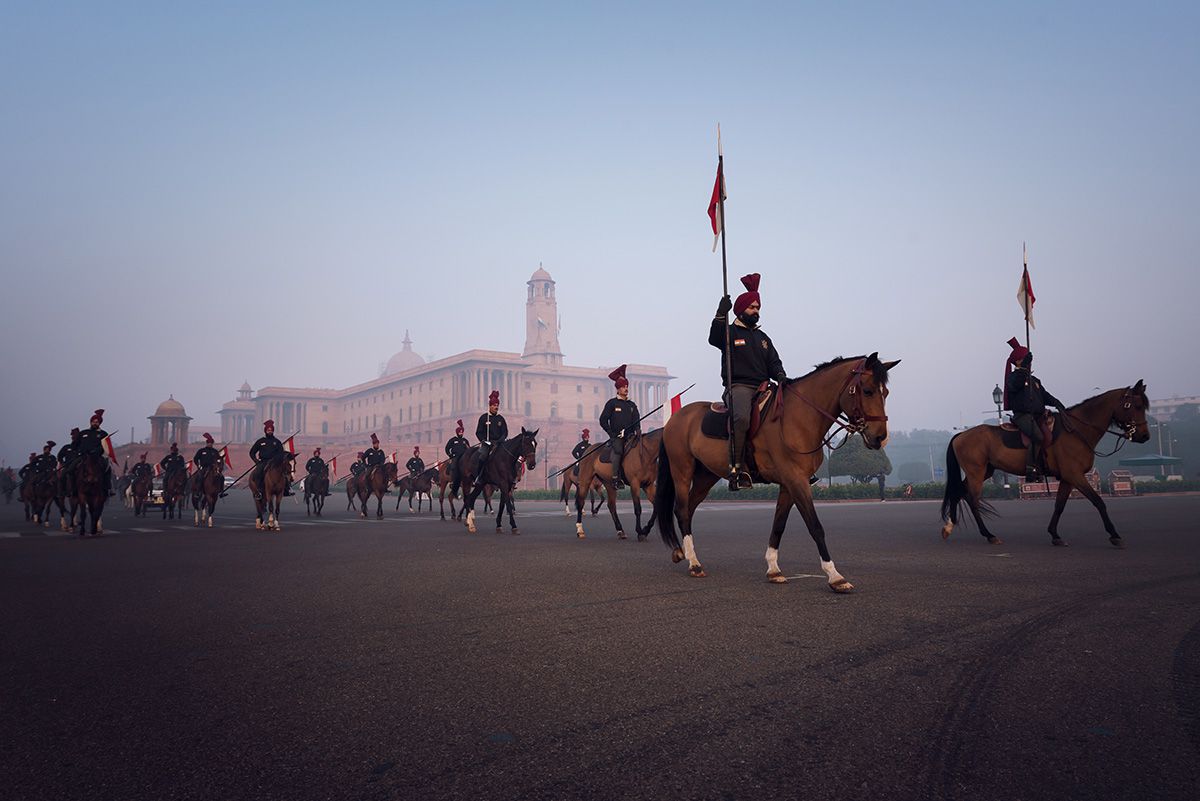
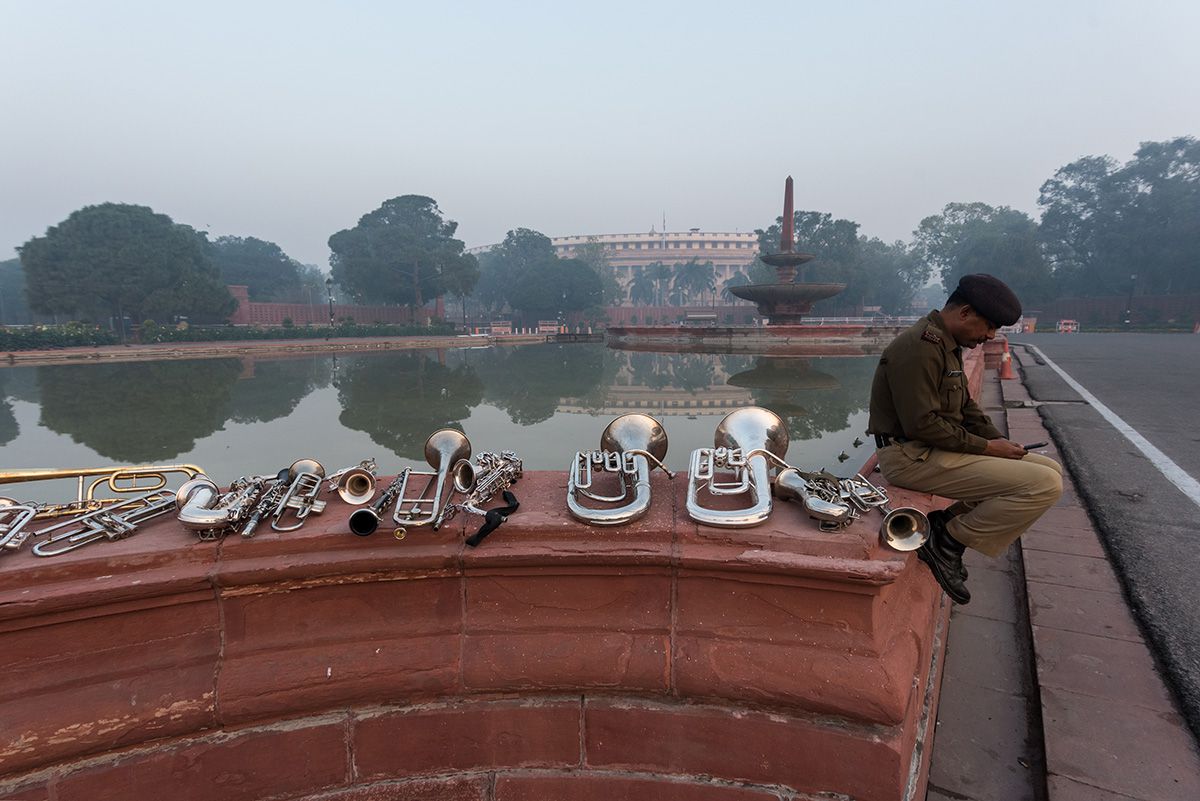
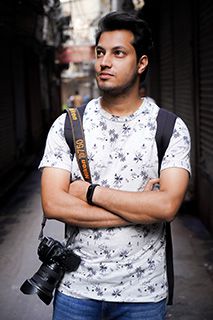
Manish Jaisi
Manish, a Delhi based banker and photographer, started his journey way back in 2012. Initially he was involved in macro photography but has gradually moved to street and documentary style of photography. His father bought home a digicam which helped him in acquiring a different taste in this form of digital still art.
Everyday things motivate him to make frames, he solely believes that zeal and passion are very important for photography. A few words from his master Mr. S Paul are always fresh and vivid in his head, and that gave him motivation against all the odds.
